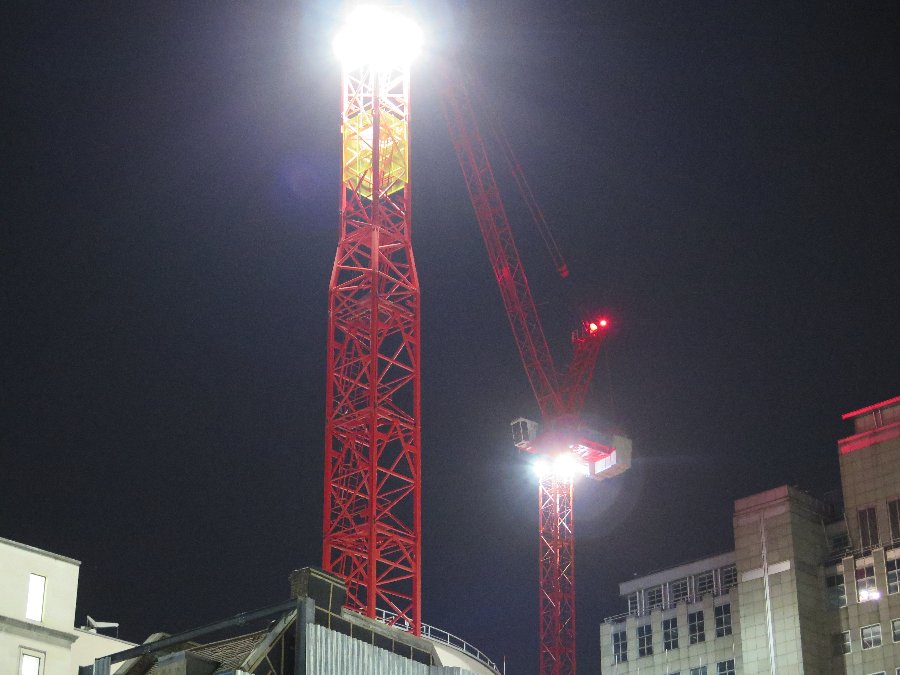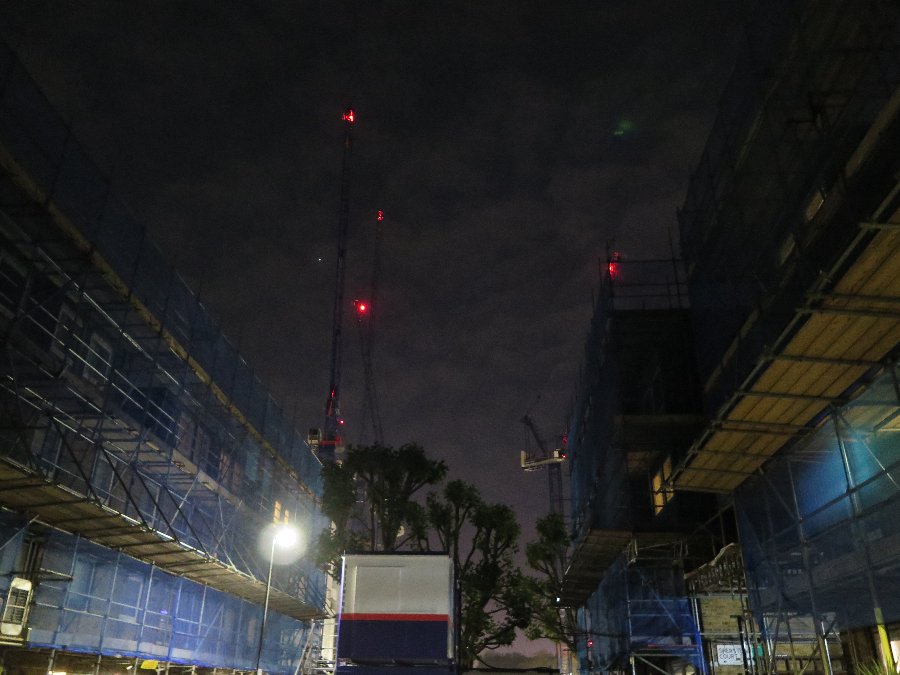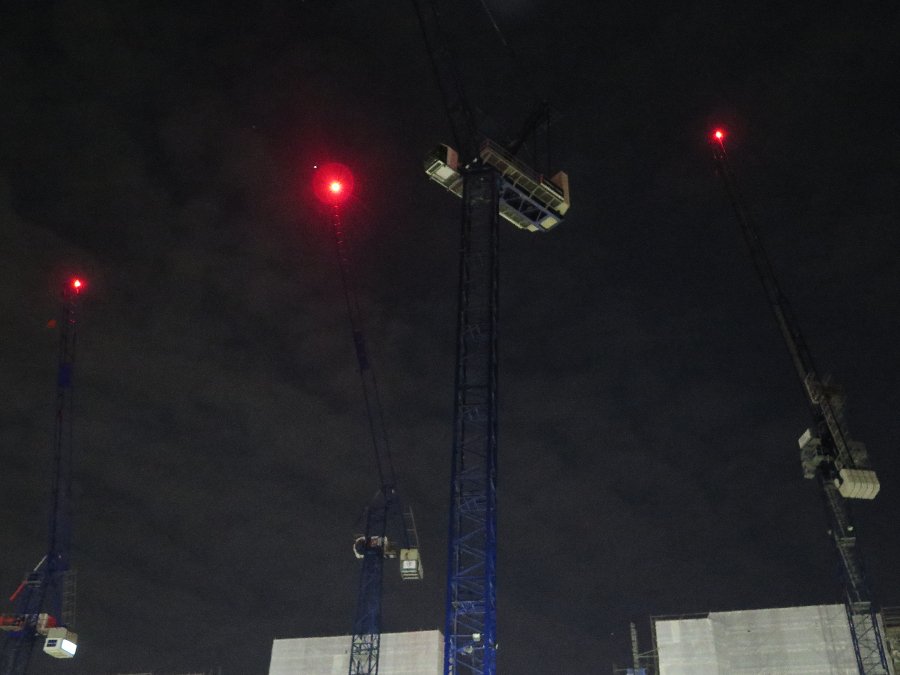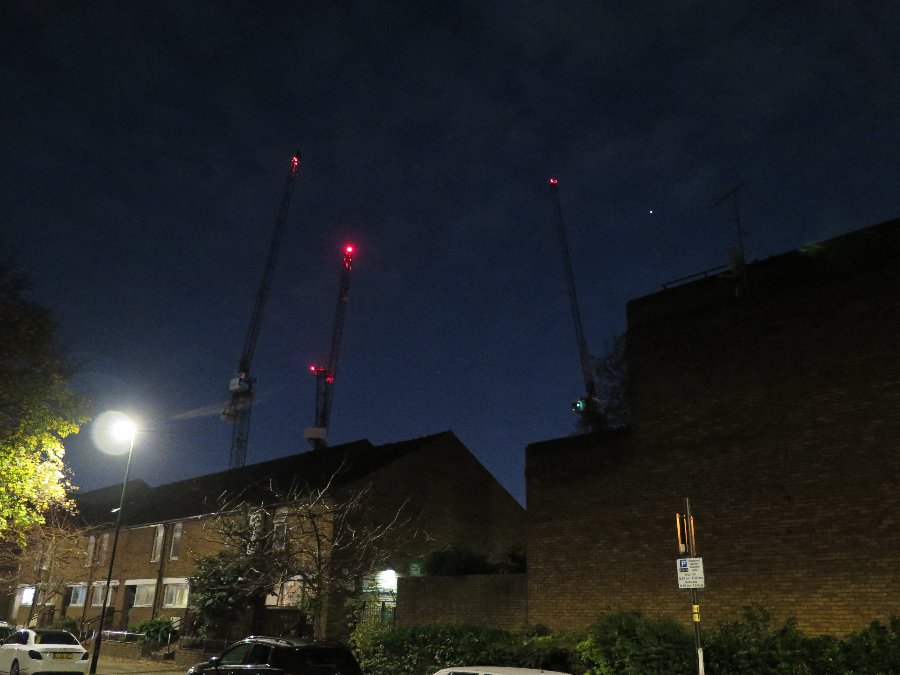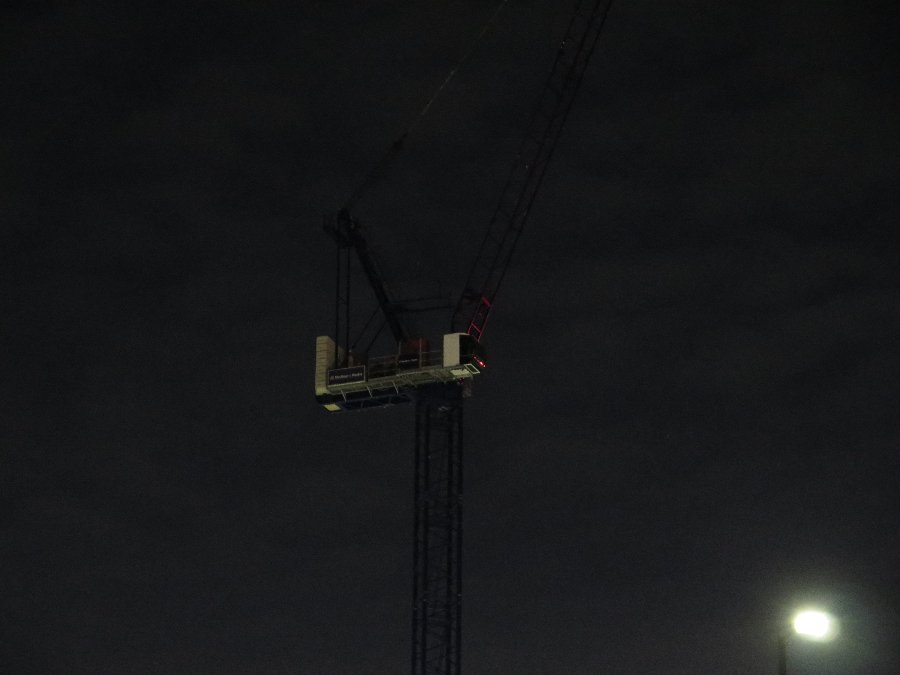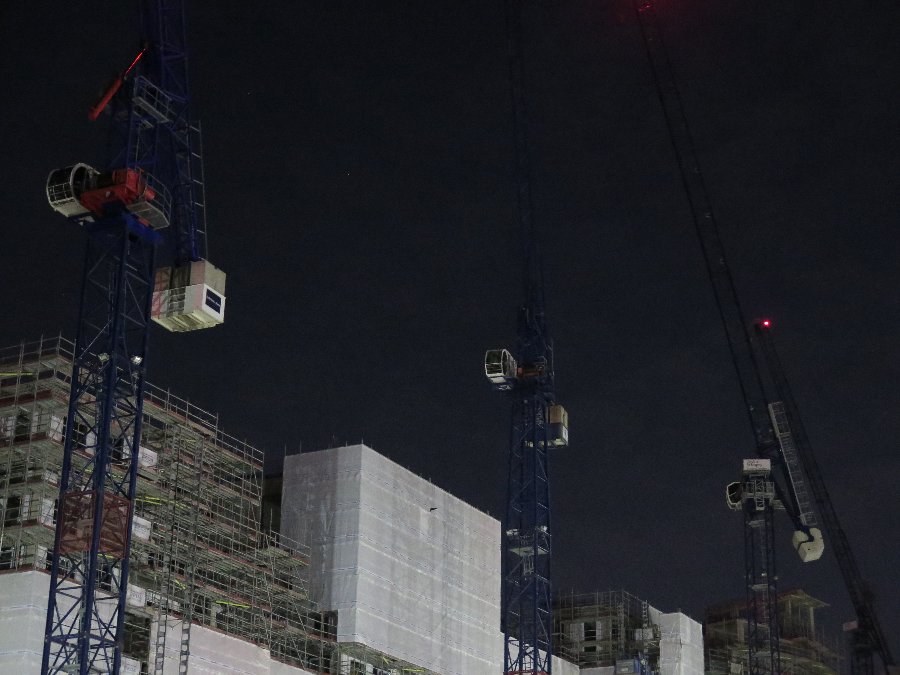When browsing his catalogue of colourful destruction, I was struck by his profile’s bio, which reads: ‘Messages from the interior. ’I’d heard that before, but couldn’t quite place it. Eventually, something clicked and I reached out to Emond via direct message.
“Is the bio line a nod to Walker Evans or am I reading too much into that?” I asked.
“Oh, it’s totally a nod. Glad someone noticed,” he replied.
The tradition of Evans’ style is evident across Emond’s work – so often is he positioned on the threshold of some devastated scene, haunting the doorway of an apartment left to ruin or turning the corner of a long, snaking corridor. His captions, like Evans, are similarly obscure, obtuse, or metatextual, rarely betraying anything beyond the scene’s immediacy. This brevity extends to subject matter, too. Evans believed in the beauty of the quotidian, and his frequent subjects, especially during the Depression, included rustic kitchens, empty chairs, and tenant farmer shacks slowly eroding in the dustbowl winds. Separated by nearly a century, Emond’s modern answer to Evans’ vernacular, documentary style feels distinctly modern and prescient, doubly so in the current pandemic.
These abandoned spaces have become familiar to many of us over the last 6 months, and the tragic decline of thriving commercial centres and local businesses has become a plague in of itself. When one set of shutters have fallen, all too often have two more followed suit. In spite of this stark and alarming present we inhabit, Emond’s recording of these spaces far before COVID-19 suggests a certain inevitably. The novel coronavirus may have hastened certain violences, certain collapses, but Emond reminds us that these scenes have been around far longer, and will continue their own ironic propagation as generations change, as the global climate passes its own event horizon, and people continue steadfastly in their living and their dying. To have such a public record of that, and to make it so readily available to anyone with a phone, feels both voyeuristic and yet undeniably creative. Emond isn’t the first person to document abandoned scenes through the medium of photography, but his spartan equipment, use of Instagram, and traditional influences mark a unique and appealing documentarian.
Beyond the simple aesthetics, there are many literary qualities to Emond’s work and a raft of cinematic influences that likewise bleed in. Tarkovsky’s Stalker (1979) and indeed, the film’s own source material of Roadside Picnic (1972) by the Strugatsky brothers, are immediately called to mind in his darker, industrial scenes where refuse lies scattered and discarded as if by some uncaring, unseen monster. In his more colourful domestic scenes, where the detritus of family life has pooled like floodwater, I can’t help think of Grey Gardens (1975) or even modern television programmes centred around ‘hoarders’ and their obsessive inventorying of everyday life. Our own perverse interests in the spectacle of collapse are widely documented, from Freud’s ‘Death Drive’ to Suzi Mirgani’s Spectacles of Terror (2017), and Emond’s images represent all of these interests in neat, square packages that can be consumed individually or en masse. There will always be photographs to take, always rooms that have been locked for years. This is not a finite pursuit.
Above all these converging influences and themes in Emond’s work – [which he alludes to in the interview I conducted with him] - there is a single lyric that I find myself humming, even singing, when looking through his work. It’s from Sebadoh’s ‘Spoiled’, a song made famous for its use in Larry Clark’s controversial coming-of-age film Kids (1995) – a film in which the grimy underside of New York is not a world away from Emond’s tenement interiors. The lyric captures the lure of Emond’s work and why we, as a race, continue to find beauty in our own destruction:
We will wait for tragedy
And scatter helpless to the fire.
As haunting and pertinent as it may be, I can’t help think Emond would find it a bit too on the nose. Evans would too, no doubt. They’re both probably right.
Andrew Emond’s Instagram page



